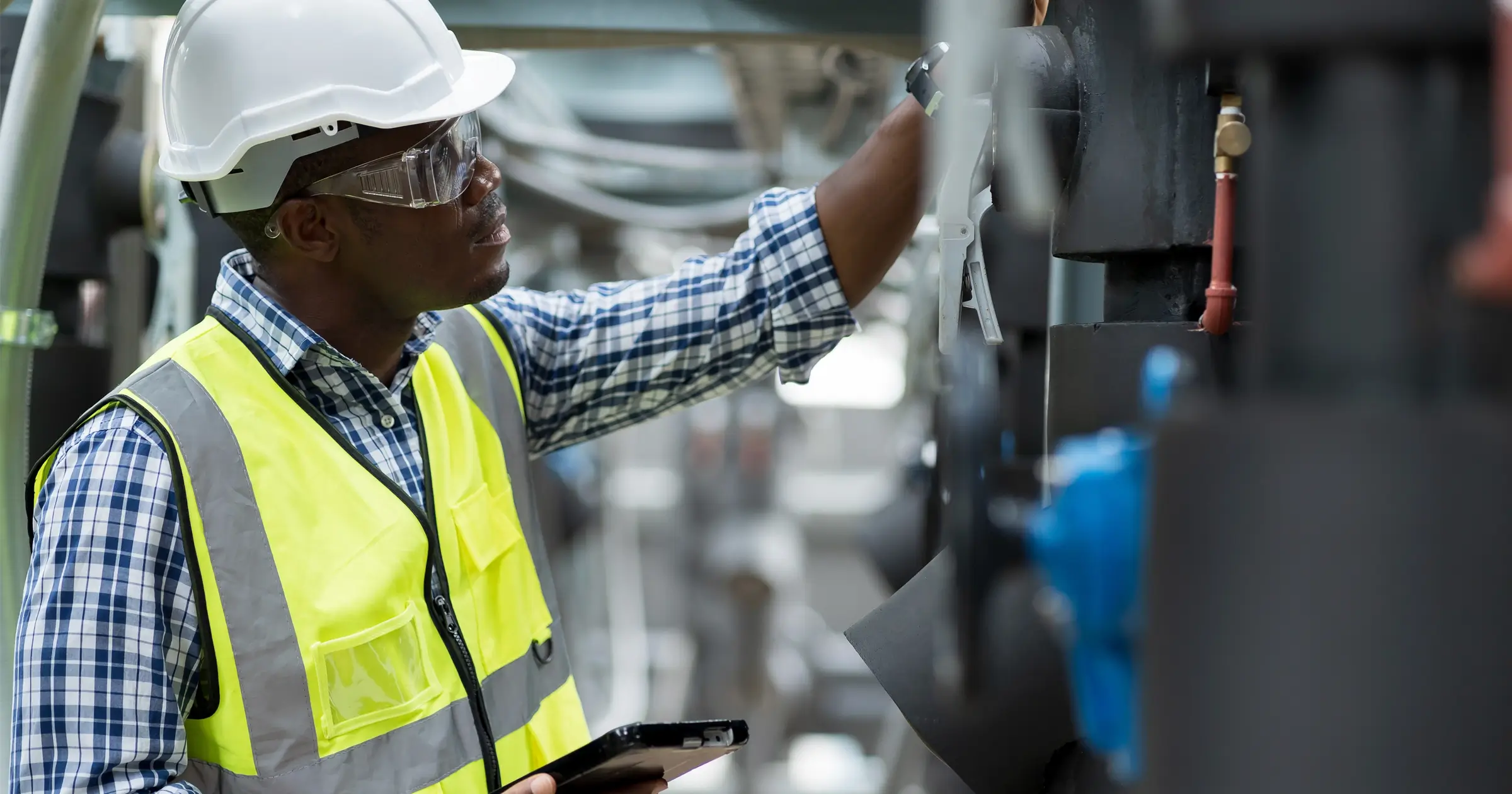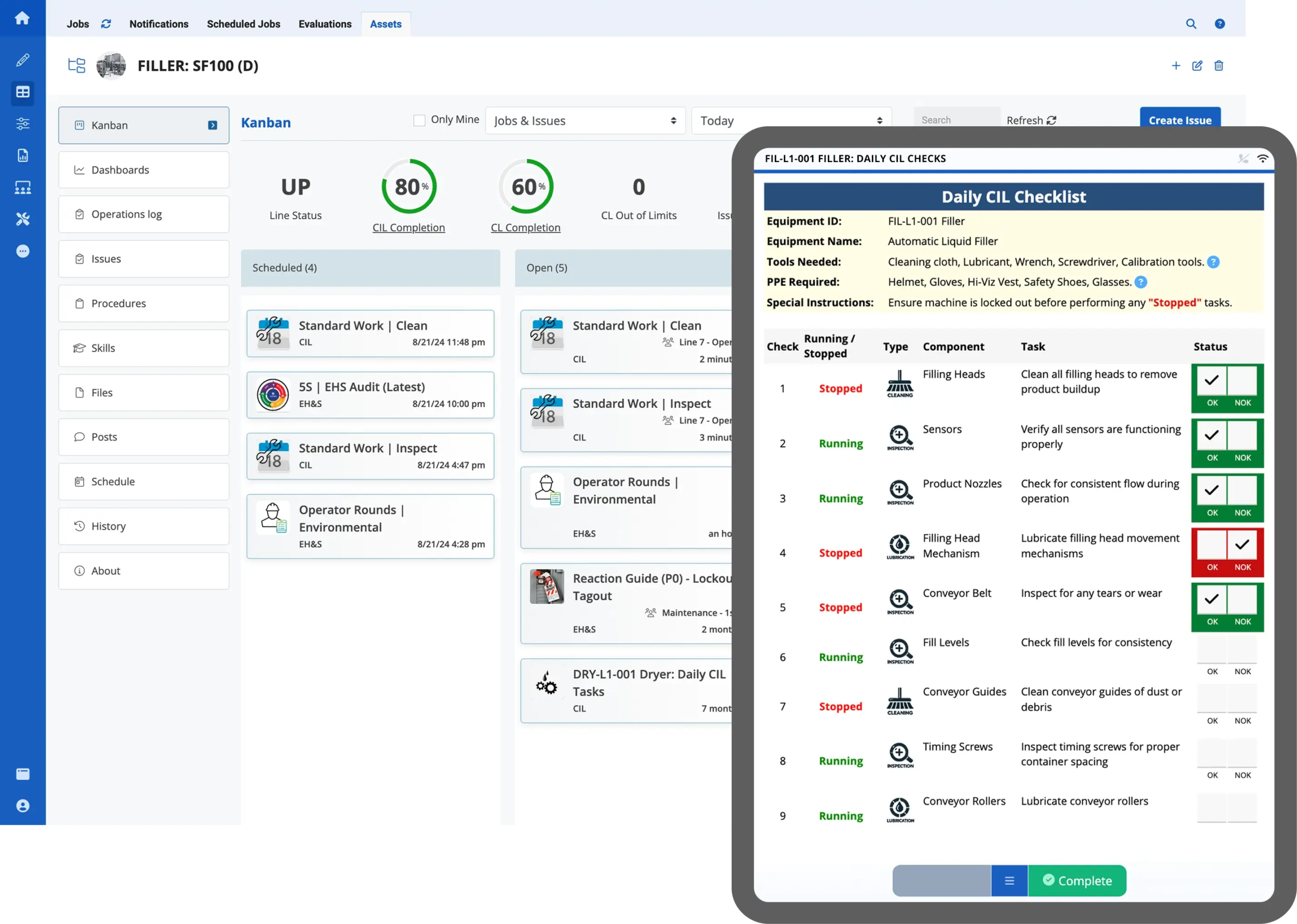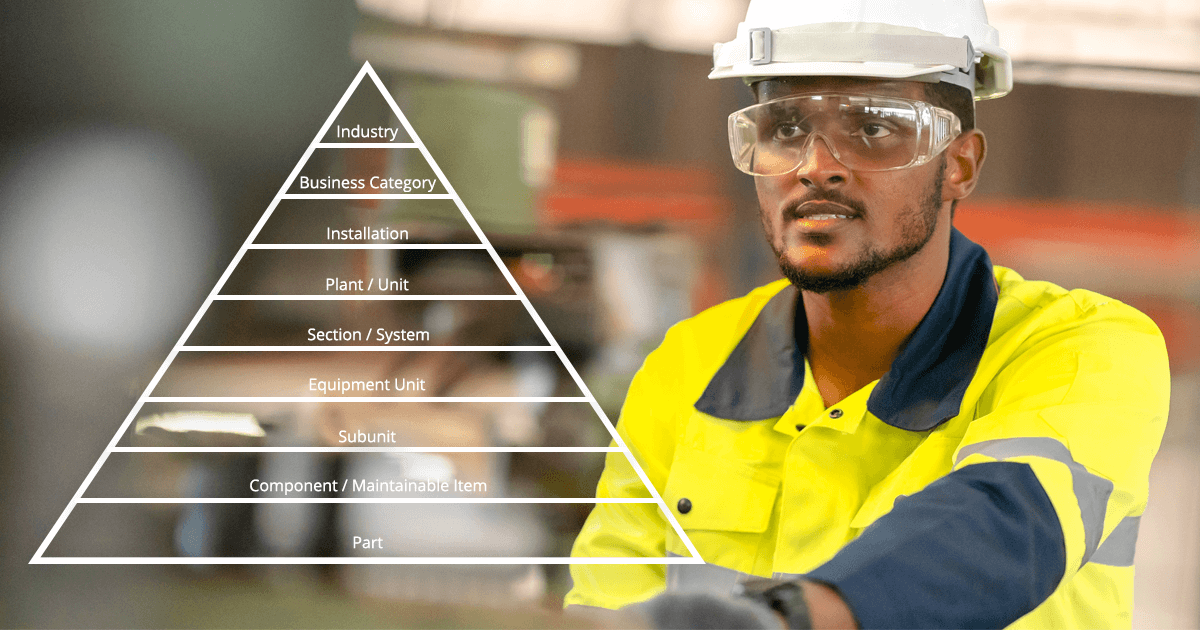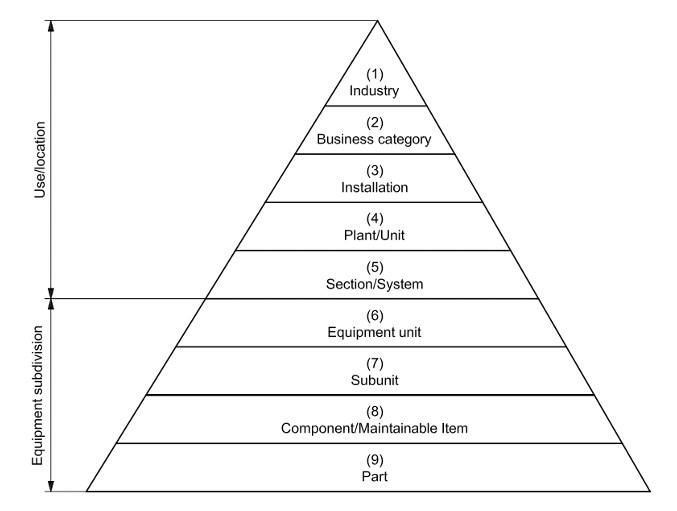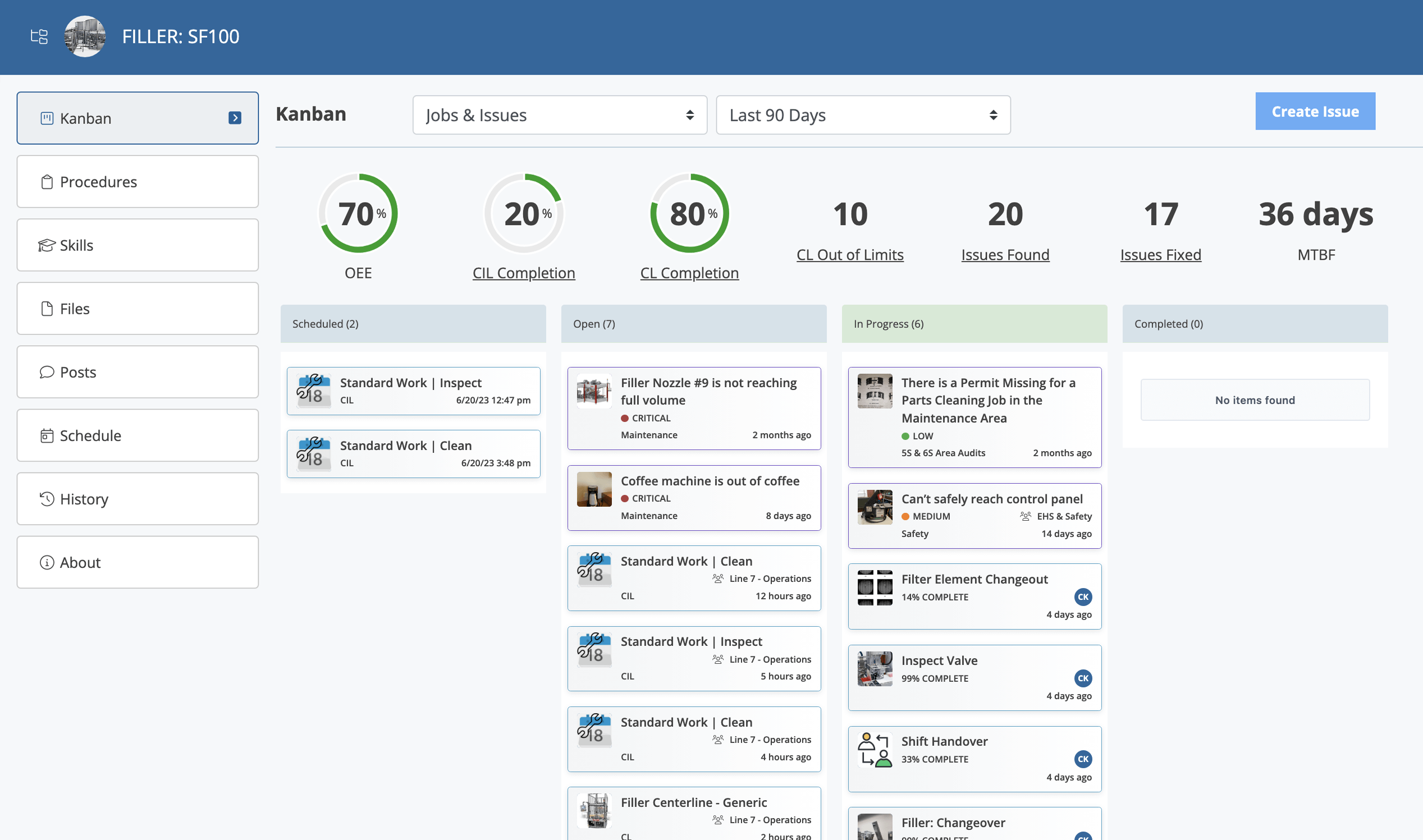Explore how to digitize Operator Driven Reliability (ODR) programs and processes with an AI-powered Connected Worker Platform for improved efficiency, accuracy, and better results.
Operator Driven Reliability programs, a.k.a. ODR programs, empower frontline operators to take an active role in equipment maintenance and reliability. It recognizes that due to operators’ constant contact with equipment, they are the best situated to detect any potential issues and take preventative steps before any damage is caused.
While ODR programs are forward-thinking and apply the same lean manufacturing principles found in autonomous maintenance, in many cases they still have room for improvement. For example, in too many instances manufacturing ODR programs are still completed using outdated pen-and-paper procedures. This causes tasks like plant operator rounds to take far longer than they would if reports, checklists, and work instructions were digitized and delivered via a smart connected worker platform.
Then not only would equipment maintenance and reliability be streamlined and faster, but there would also be a digital footprint available for operational activities like process improvement, data analysis, audit reporting, and more. Read below to discover the benefits of a digital ODR program, including best practices, real-world examples, and insights into the future of ODR and workforce dynamics in manufacturing.
- The Benefits of a Digital ODR Program
- Digital Operator Driven Reliability – Best Practices and Examples
- The Future of ODR Programs and the Manufacturing Workforce
The Benefits of a Digital ODR Program
Digital Operator Driven Reliability (ODR) programs offer significant advantages over traditional pen-and-paper methods. AI-driven connected worker platforms play a crucial role offering integrations with existing systems like ERP, CMMS, MES, and QMS, supporting ODR training with guided support and tutorials, encouraging continuous improvement through performance tracking and digital skills assessments, and even facilitating enhanced industrial collaboration with real-time communication and cross-shift knowledge-sharing.
Further benefits of a digital ODR program include:
- Enhanced Data Collection and Analysis: Connected worker platforms allow for real-time data capture from operators on the condition of equipment and AI-driven analytics are able to identify trends, offer actionable insights, and predict potential issues.
- Digital Workflow Optimization: Digital work instructions and checklists optimize and streamline tasks and procedures, standardizing ODR activities, and automating task assignments and reminders for an increase in efficiency and accuracy.
- AI-Driven Insights and Decision Making: AI-powered tools coupled with data collected through connected worker platforms offer visibility into the frontline workforce like never before, enabling better workforce intelligence, informed decisions about equipment maintenance and reliability, predictive maintenance based on historical data, and more.
- Digital Documentation and Compliance: Digital forms and checklists offer automatic logging of ODR activities and equipment interventions, easy access to up-to-date standard operating procedures (SOPs), and digital audit trails for regulatory compliance. Overall, digitizing the documentation processes for ODR programs ensures better accountability and regulatory adherence.
With AI-driven connected worker technology, manufacturers can effectively digitize their ODR programs, significantly enhancing equipment reliability, reducing downtime, and improving overall operational efficiency in manufacturing environments.
Digital Operator Driven Reliability – Best Practices and Examples
Implementing a digital ODR program helps manufacturers empower frontline operators, engaging workers with an active role in equipment maintenance and reliability, leading to reduced downtime, improved productivity, and better overall equipment performance.
Below are some best practices and industry examples of digital ODR programs in real-world situations.
Best practices for digital ODR programs:
- Implement robust data collection and analysis systems
- Provide mobile accessibility for operators
- Use digital work instructions and checklists
- Enable real-time communication and collaboration
- Integrate with existing systems (ERP, EAM, CMMS, MES)
- Leverage AI-powered analytics and predictive maintenance
- Offer digital training, knowledge management, and skill development tools

Industry examples of digital ODR in action:
- Chemical Manufacturing Plants – Refinery and chemical operators conduct regular valve inspections and adjustments, using digital operator round planning tools to schedule routines and automate notifications.
- Food and Beverage Production – Packaging line operators inspecting sealing mechanisms for proper operation can log equipment condition data into digital systems, clean and lubricate equipment fittings, and provide observations to maintenance teams supported by digital media assets like pictures and videos.
- Pulp and Paper Mills – Operators conduct regular visual inspections of the Fourdrinier wire (the mesh screen that forms the paper sheet) for signs of wear, damage, or misalignment and use, using digital checklists to streamline and standardize inspection processes and document any minor repairs or adjustments made during their shift.
Through digital ODR practices, manufacturing frontline operators can help detect early signs of problems, maintain optimal machine performance, and contribute to reduced downtime and improved product quality.
The Future of ODR Programs and the Manufacturing Workforce
Manufacturing currently faces a series of crises, ranging from a severe shortage of skilled workers to an insurmountable increase in customer demand – industrial organizations are working hard to keep their facilities producing and their heads above water while still maintaining industry standards.
Many manufacturers continue to experience high frontline worker disengagement and attrition rates, a recent study by The Manufacturing Institute and PwC stated that more than one-third of manufacturers reported high turnover rates, while only 58% carried out proper frontline employee engagement initiatives.
Using AI-driven connected worker platforms to digitize programs like ODR that incorporate frontline operators and engage them in meaningful tasks using their expertise is the best path forward for manufacturing organizations regardless of their industry focus. These platforms allow for quick adoption of new processes and adaptation of current processes based on market needs/demands. They support frontline workers like never before, giving them access to tools like generative AI assistants and expert knowledge and guidance at a moment’s notice.
The future of manufacturing lies in the hands of the next generations of workers and it’s the responsibility of industrial organizations to equip them with the right tools to keep them safe and ensure they can carry out their duties effectively.
Interested in learning more?
To learn more about digitizing Operator Driven Reliability (ODR) and how to transform your frontline manufacturing activities with our AI-powered connected worker platform – schedule a demo with one of our product experts.

